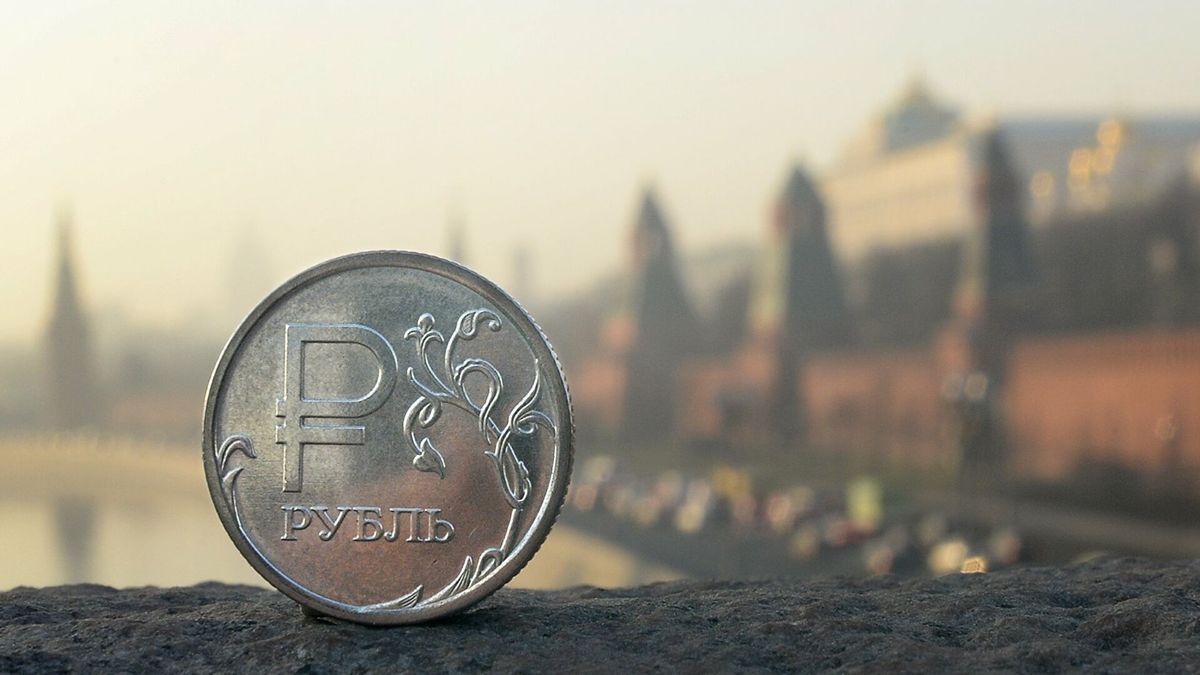The UK has imposed sanctions on Gennady Timchenko and two other billionaires with close ties to Russian President Vladimir Putin, and five banks: Rossiya, IS Bank, GenBank, Promsvyazbank and the Black Sea Bank. Joe Biden indicated that he will hit with “total blockade sanctions” two large Russian financial institutions: a military bank (Promsvyazbank) and the VEB, the state bank that is responsible for supporting the development of the economy, managing the state debt and Pension funds.
The US president also announced additional sanctions on Russia’s sovereign debt, “which implies that we are cutting off the Russian government from Western finances,” he said. Previously, Berlin had announced the suspension of the approval process for the entry into operation of the Nord Stream 2 gas pipeline, which connects Germany and Russia, and the United Kingdom also advanced sanctions against Russian banks, politicians and entities.
The Russian government has more than 4.5 trillion rubles ($53 billion) of freely available budget funds and has enough resources to ensure macroeconomic stability and support companies affected by sanctions, the Kremlin said. . Russian forces invaded Ukraine by land, air and sea on Thursday, triggering a massive liquidation of Russian assets. “Today, Russia has sufficient financial resources to maintain the financial system in light of sanctions and external threats,” the government said in an official statement.
The measures targeting banks are not yet as extensive as those imposed after Russia’s annexation of Crimea in 2014, although many of those sanctions remain in place. So the West blacklisted individuals, sought to limit Western capital markets from Russian state financial institutions, targeted the largest state entities, and imposed blanket limits on trade in technology.
The keys to understanding the Russian economy
- Since 2014, Russia has diversified, reducing holdings of US Treasuries and dollars. The euro and gold account for a larger share of Russian reserves than dollars, according to a January report by the Institute of International Finance.
- Russia also has some solid macroeconomic defenses, such as abundant foreign exchange reserves of $635 billion, oil prices close to $100 a barrel, and a low debt-to-GDP ratio of 18% in 2021. That’s the fourth largest amount of such reserves in the world and could be used to help prop up the Russian currency, the ruble, for a considerable time.
- Reorientation of trade and replacement of Western imports in order to evade sanctions.
- Only about 16% of Russia’s currencies are currently held in dollars, down from 40% five years ago. About 13% is now held in Chinese renminbi. While about half of Russia’s total bank foreign assets and liabilities are in US dollars, according to central bank data. That’s a roughly 80% decrease in 2002 and 70% in early 2014.
- The country has reduced its dependence on foreign loans and investment and has been actively seeking new business opportunities outside of Western markets.
- The Moscow government has also taken the first steps to create its own system of international payments, in case it is cut off from Swifta global financial messaging service overseen by major Western central banks.
- The Kremlin has also cut the size of its budget, prioritizing stability over growth, which has meant that the Russian economy has grown at an average of less than 1% a year for the past decade, but may have become more self-sufficient in the future. process.
Source: Ambito
David William is a talented author who has made a name for himself in the world of writing. He is a professional author who writes on a wide range of topics, from general interest to opinion news. David is currently working as a writer at 24 hours worlds where he brings his unique perspective and in-depth research to his articles, making them both informative and engaging.




